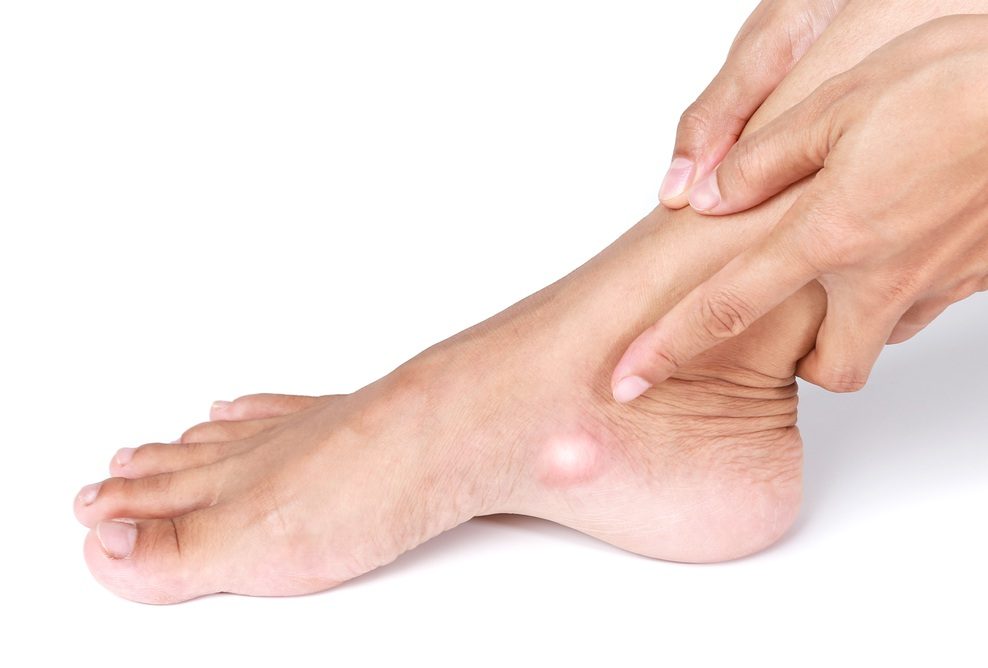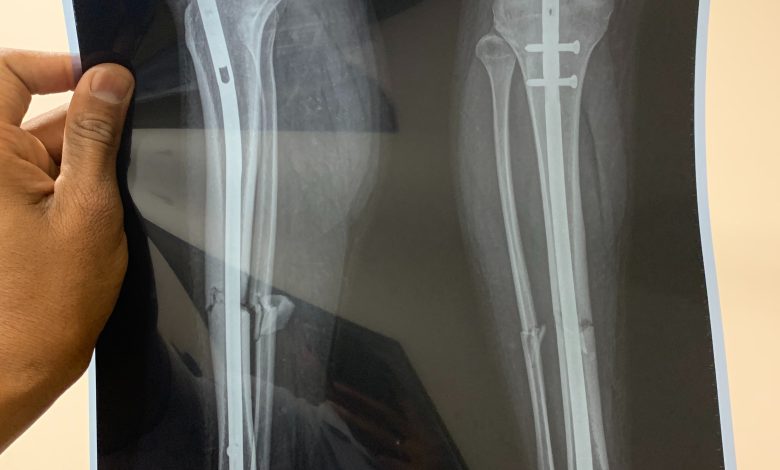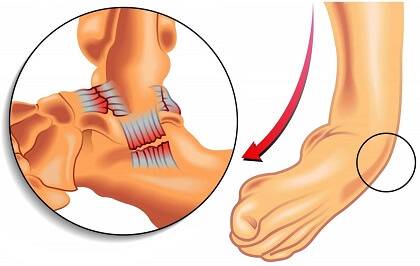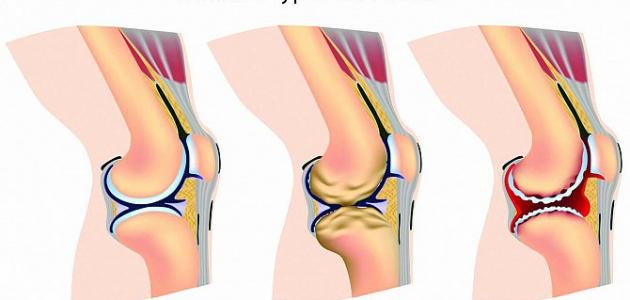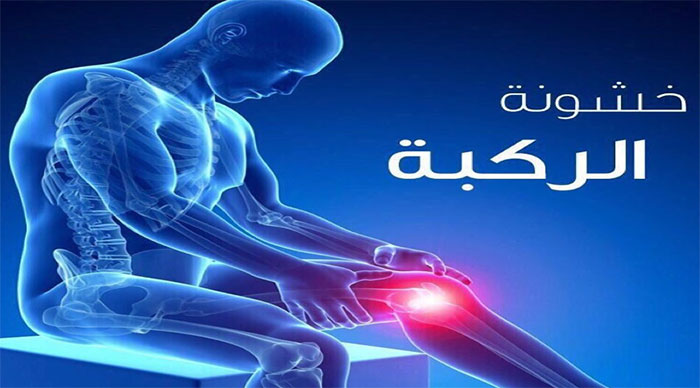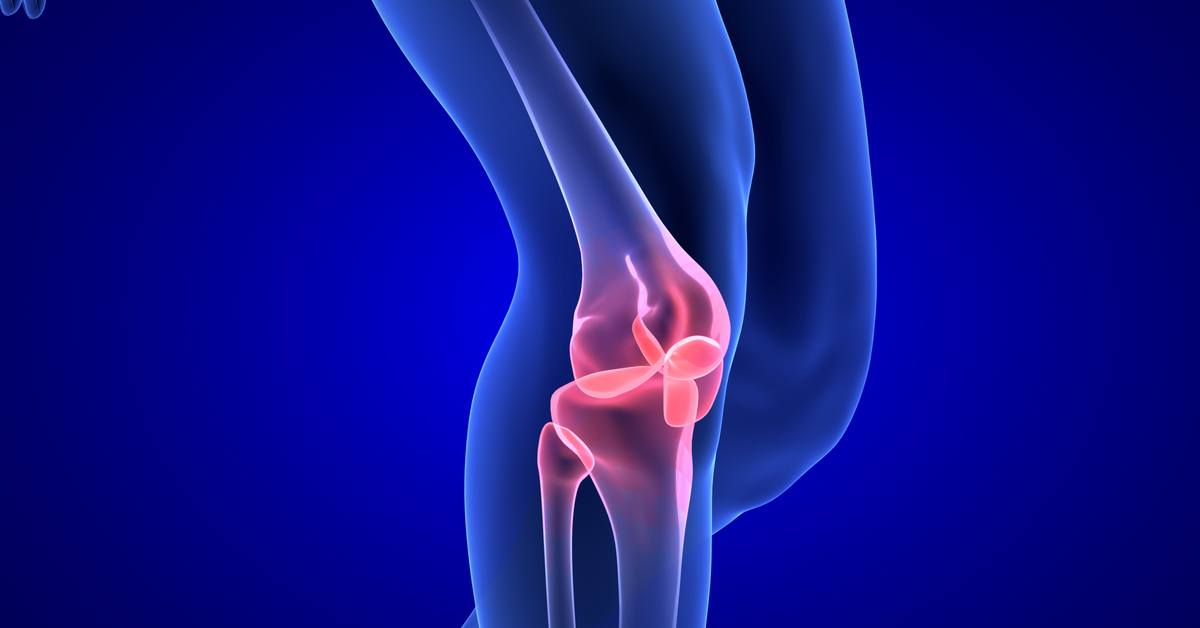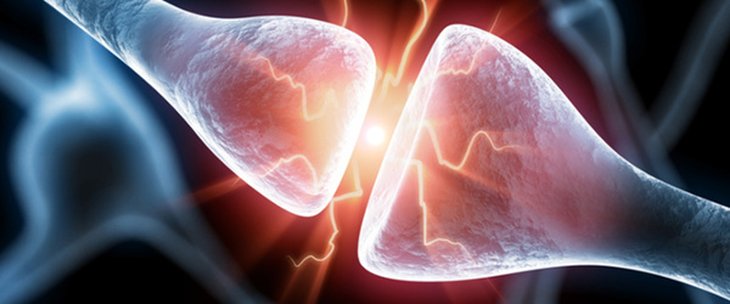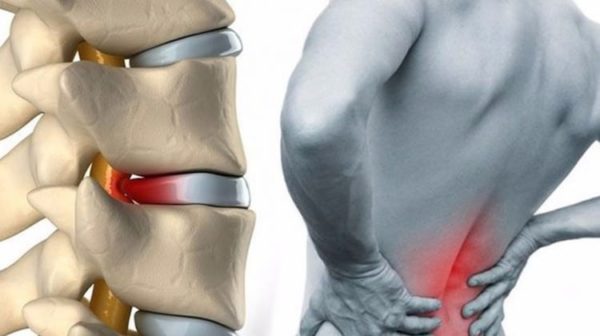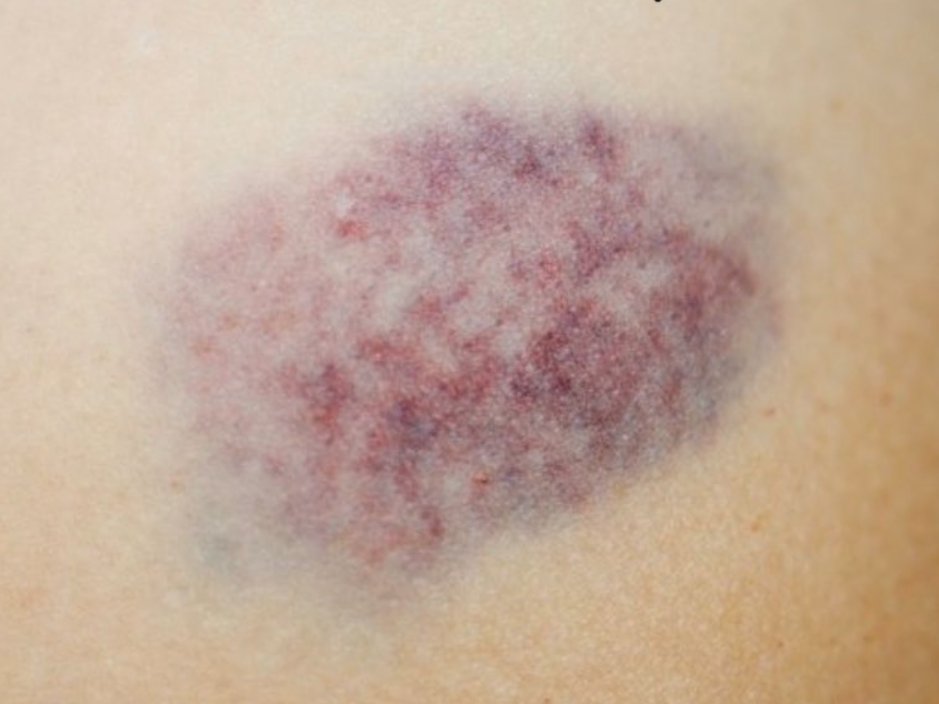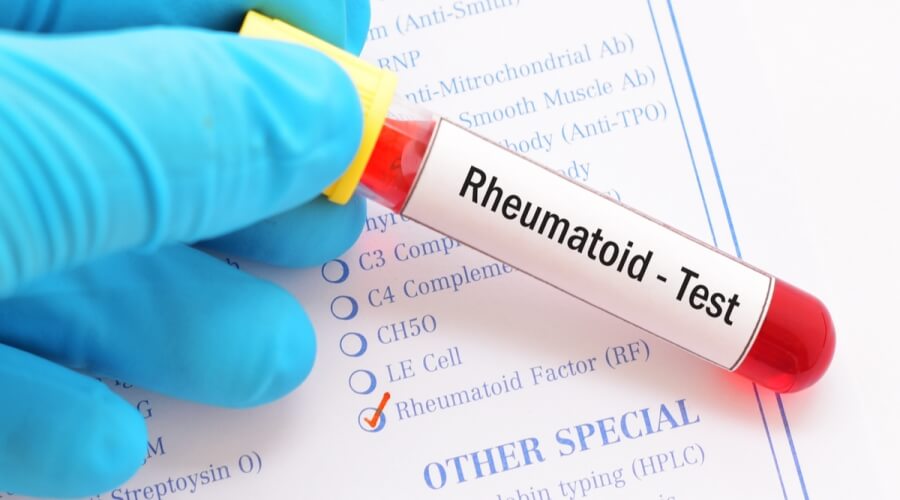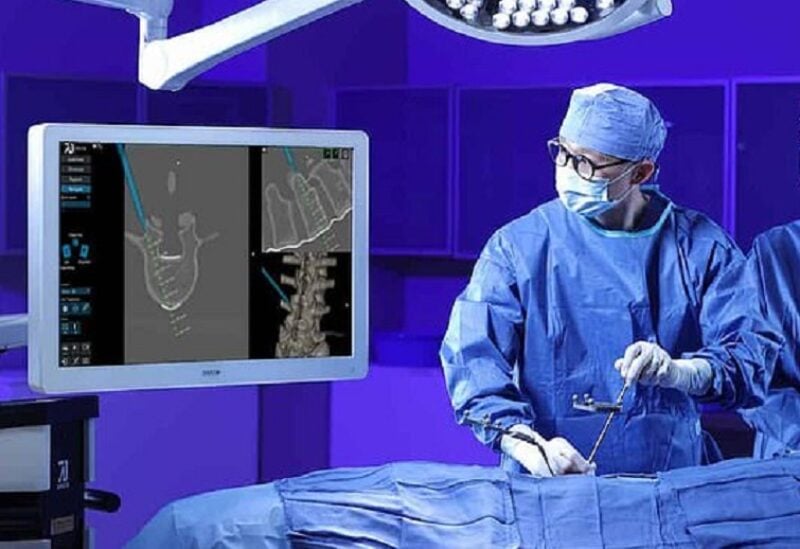What you do not know about osteomalacia for children
Suffering from osteomalacia in children has many reasons that must be carefully considered in order to avoid its occurrence as much as possible. In the following article, we will learn very important information regarding this topic, so let us read the following.
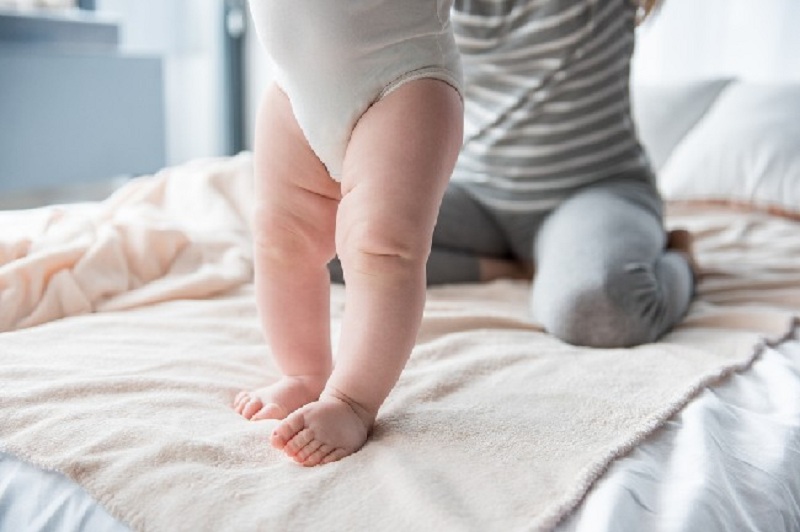
Osteomalacia for children
Osteomalacia is one of the diseases that affect children at a very early age as a result of the fact that their bones suffer from many problems due to a deficiency in vitamin D and calcium, and there are many methods that are used in treatment, such as:
- Taking care of making the child eat useful foods that contain vitamin D and calcium while exposing him to the sun for a good period of time on a daily basis.
- In the event of a severe deficiency, nutritional supplements are used.
- In some cases, surgical intervention may be required in order to permanently get rid of rickets.
- Avoid giving the child prepared foods that contain preservatives.
- Pay more attention to breastfeeding.
What are soft bones in children?
Softening of the bones that affect children can be defined as a defect that exists in the skeleton as a result of suffering from a deficiency in some basic elements that are important for bone health, and this matter results in softening of the bones and their weakness and is vulnerable to fracture, and children are vulnerable to developing softness Bones as a result of suffering from a severe deficiency in vitamin D, which is very important in order to help the bones absorb calcium, which contributes to building them well.
Symptoms of osteomalacia in children
There are many symptoms that appear in children who suffer from osteomalacia, which indicate the need for them to receive appropriate treatment immediately, and for example:
- Note the irregular heartbeat.
- The sensation of tingling and numbness around the mouth area.
- Bone fractures and muscle weakness.
- developmental delay
- muscle weakness
- Feeling pain in both the pelvis, legs, and spine.
- Bone softness, weakness, and ease of fracture.
- Deformation of the ribs and breastbone.
- Widening of the elbows and wrists.
- Slow bone growth.
- Wrist and ankle thickness.
- Protrusion of the breastbone or rib cage.
- Feeling severe pain in the bones, especially in the hips.
- The sensation of numbness in the extremities of the arms and legs.
- Cramps in the hands and feet.
Causes of soft bones in Children
There are many causes of osteomalacia in children, such as:
- Suffering from a severe lack of calcium and not having enough of it in the body causes weak and brittle bones.
- Severe vitamin D deficiency as a result of not exposing the child to sunlight or not giving him useful foods.
- The presence of problems in the intestines and digestive system makes the body unable to absorb vitamin D from foods well.
- Wear strong sunscreen.
- Kidney failure or acidic blood disorders.
- Infection with a chronic liver disease that impedes the activation of vitamin D in the individual’s body.
- Eat only plant foods.
- Neglecting to eat foods that are rich in vitamin D.
- Do not drink milk or eat dairy products.
- Infection with different types of cancers.
- Not getting enough phosphorus in food.
- Taking medication to treat seizures.
Forms of Osteomalacia in Children
There are many reasons that lead to soft bones in children, and it is mostly concentrated in the bones that bear weight, such as the legs, and this is accompanied by a feeling of pain in many areas such as the lower back, pelvis, hips, and ribs.
- Osteomalacia results from a lack of vitamin D and calcium: This type is the most common form because each of them has great benefits in order to maintain bone health, and this is the result of not paying enough attention to sun exposure, following a good diet, or taking nutritional supplements, and with Over time, this form of osteomalacia leads to rickets.
- Softening of the bones resulting from a genetic defect: Softening of the bones may also be the result of suffering from some genetic disorders, as this may be the result of suffering from a deficiency in phosphate levels, which leads to abnormal functioning of the kidneys, and this results in weak and softened bones.
- Osteomalacia results from a specific surgery: Some children may undergo types of surgeries that lead to the removal of part of the stomach or small intestine, and this results in a disruption of the process of breaking down food through which important elements are obtained for the child’s body, and this results in a deficiency In the proportions of both calcium and vitamin D.
- Osteomalacia resulting from some medications: It is possible that some medications are used to treat types of disease attacks, and if the kidneys are unable to function normally, this leads to the accumulation of fluids in the body, and this leads to dissolving the bones and suffering from their softening.
Softening of the bones in infants
Osteomalacia that affects infants is most likely the result of suffering from a deficiency in the levels of both vitamin D and calcium in their bodies, as vitamin D is what improves the body’s ability to absorb calcium, and its deficiency also affects calcium levels in the infant’s body, and with time weakness develops and osteomalacia until it reaches rickets.
Do the effects of osteomalacia disappear in children?
Children may recover from osteomalacia by simply adjusting the proportion of vitamin D in their bodies, but most likely some of its effects and consequences remain, such as bone deformities or bowed legs, and with treatment and regularity, these effects may begin to disappear once they reach puberty, but in the case Neglecting treatment, these effects remain and are difficult to get rid of.
Osteomalacia and delayed walking
Delayed walking in children is one of the symptoms that are a sign of the possibility of developing osteomalacia, and for this reason, it is important for the mother to focus on this matter, research it in a good way, and carry out the necessary analyzes in order to get rid of the problems at their inception and before they develop seriously, so the earlier the treatment. The better the situation, the faster the child’s response.

